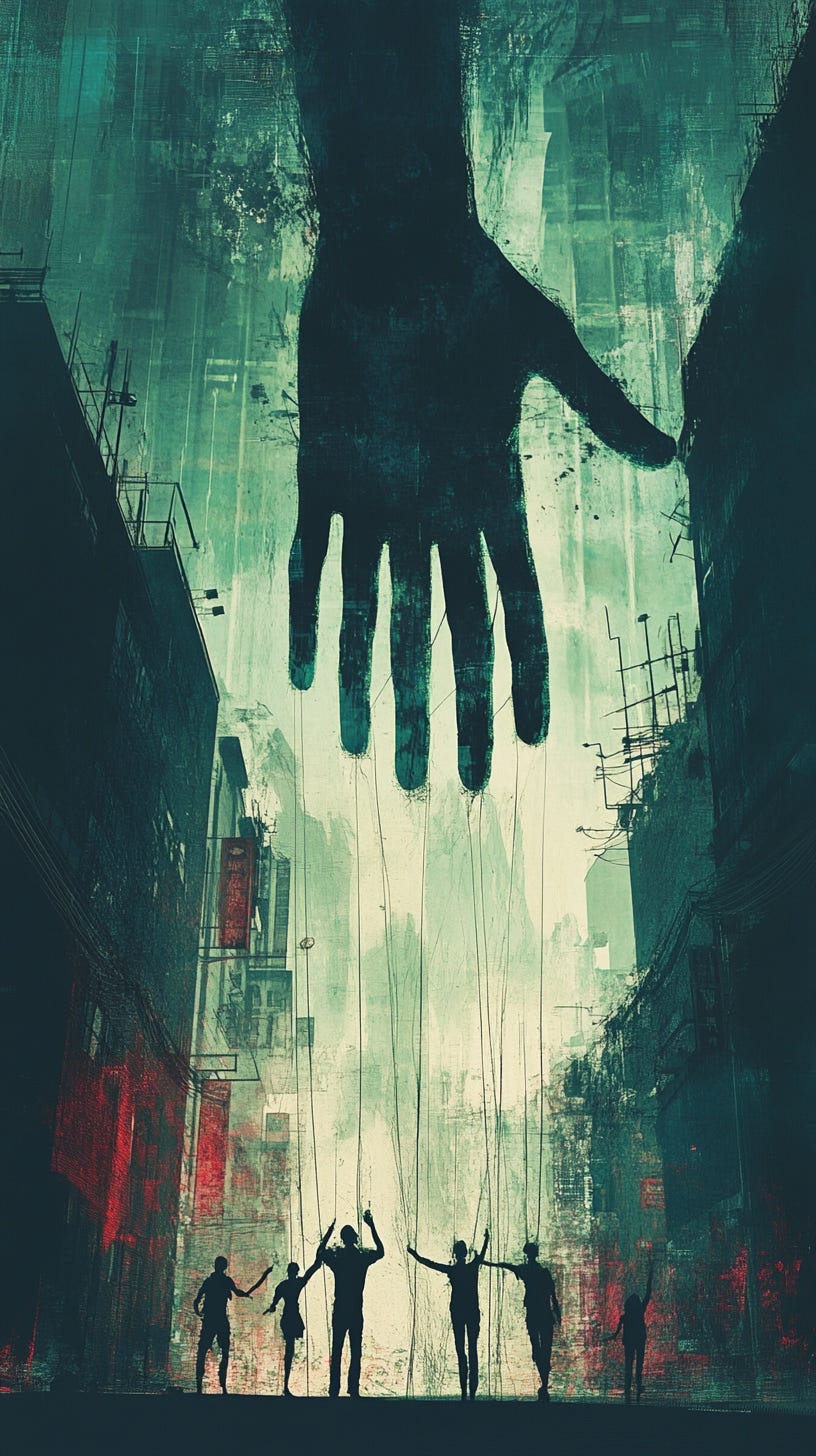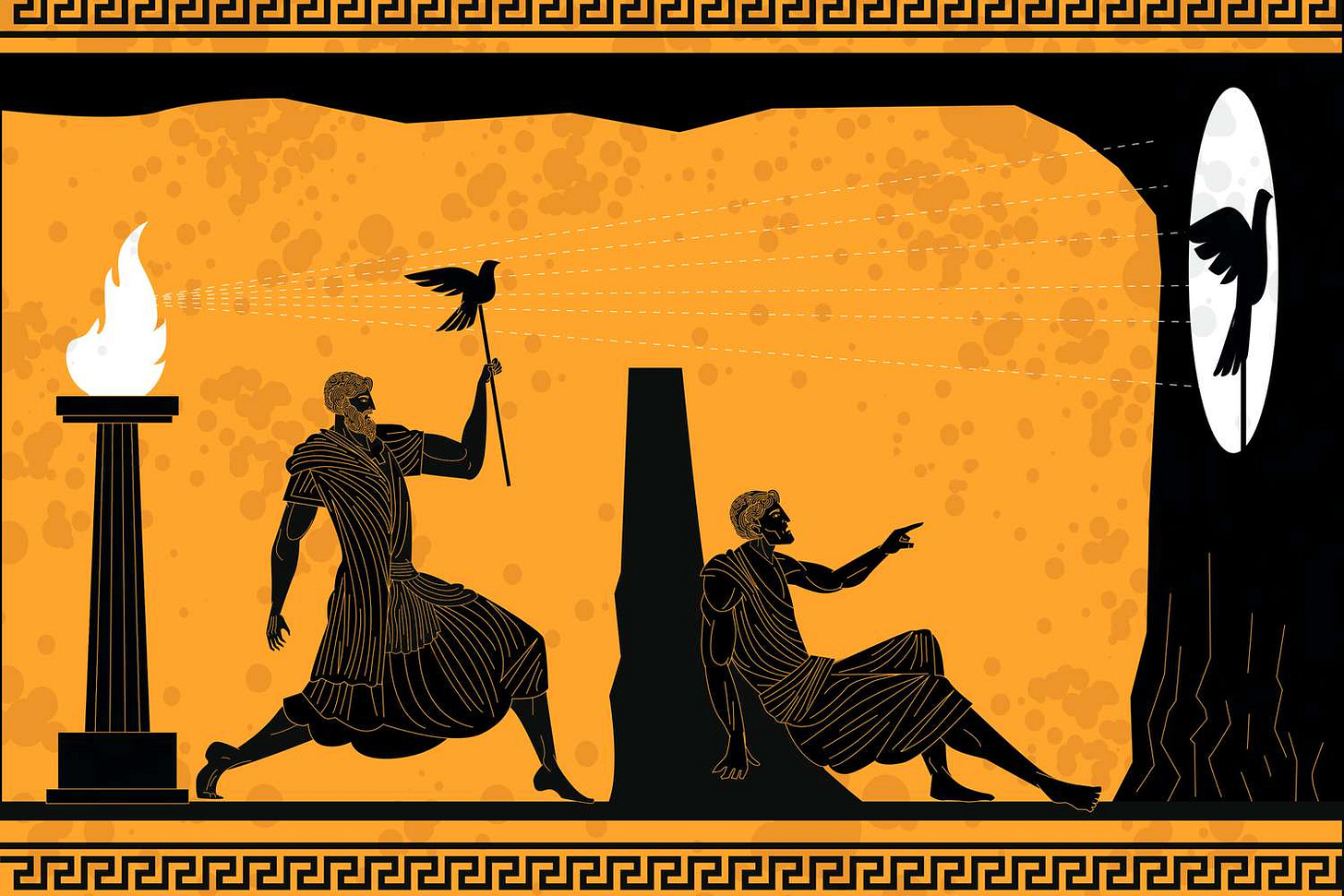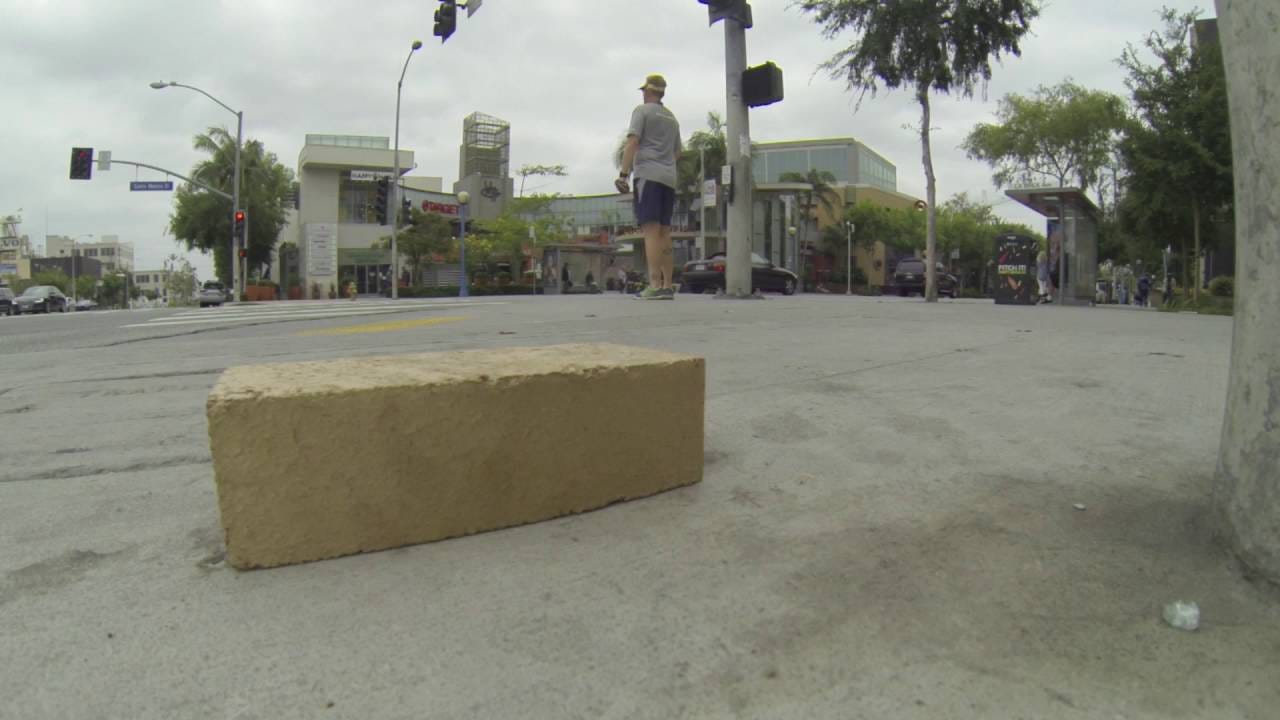Last year, when I joined The Socratic Experience, one of my colleagues sent me a small essay to read: "I, Pencil" by Leonard E. Read, the founder of the Foundation for Economic Education. Written in 1958, the essay was heavily publicized by Milton Friedman in his TV Series: Free to Choose.
“I, Pencil” argues that no single person knows how to make a pencil entirely on their own. Instead, a pencil is the result of a vast collection of “know-hows”—specialized, complementary knowledge and skills required to complete each step of its creation.
The idea that no single person can produce a pencil is rooted in the fact that each step of its creation requires specialized knowledge that isn’t shared by all the participants. The loggers who cut the trees know nothing about mining graphite, and the miners know nothing about marketing the finished product. Yet, as Leonard Read argues, a larger, independent system coordinates these diverse skills, enabling value to be created without any central plan or mastermind—just the subtle guidance of an “Invisible Hand.”
The absence of a master mind, of anyone dictating or forcibly directing these countless actions which bring me into being. No trace of such a person can be found. Instead, we find the Invisible Hand at work. This is the mystery to which I earlier referred.
Leonard Read in I, Pencil
The Invisible Hand is a concept first proposed by Adam Smith in his classic The Wealth of Nations, suggesting that value originates from decentralized efforts rather than a centralized, top-down approach. It highlights the existence of hidden forces that naturally regulate large systems, such as markets, the economy, and, if I may add, human behavior.
Professor Barbara Oakley, known for her course Learning How to Learn, explains that subconscious connections between seemingly unrelated ideas often form when we’re not actively focusing on them. This is why I wasn’t surprised when the idea of an “Invisible Hand” subtly influencing my reactions came to mind while I was doing the dishes and listening to music.
The concept itself is fairly straightforward, but a few additional thoughts surfaced, sparking a curiosity to explore how they might all connect. That curiosity led me down a path of trying to weave these seemingly separate threads together.
In my Emerging Technologies class, we’re reading Creative Construction by Gary Pisano, a Harvard Business School professor. Specifically, we’re focusing on a chapter about synthesis—the ability to connect existing ideas in new, original ways to create something novel. Ironically, I’ve spent much of this week trying to do just that for this essay, wrestling with how to find a “connecting idea” among what felt like a series of scattered thoughts.
In the book, Pisano argues that having all of the pieces is not enough, after all, creation comes from assembling, not collecting. Yesterday, after spending hours write different notes, I ended up finding the missing key. All I needed was to look at my school’s name.
The concept of The Invisible Hand was proposed by Adam Smith, but if you look back a couple of years (around 2400), there's a particular story that also brings this idea to mind.
The Allegory of the Cave is perhaps the most famous part of Plato’s Republic. In it, Socrates describes a group of prisoners chained inside a dark cave, only able to see shadows cast on the wall by objects behind them, controlled by unseen puppeteers. One prisoner eventually breaks free, steps outside the cave, and realizes that the shadows are mere illusions—reflections of a deeper reality. When he returns to share his discovery, the others are skeptical and resistant, even to the point of hostility.
It’s a profound philosophical text with countless hours of discussion dedicated to it. However, for this essay, the most intriguing element isn’t the prisoner or the resistance of their peers—it’s the figure of the puppeteer. Or, perhaps more fittingly, an Invisible Hand?
Think about it, to those prisoners, there's an independent force, to which they are oblivious, that controls their perception. Now, hopefully, none of us is living in a dark cave, with someone projecting shadows on the walls, but that doesn't mean we fully understand the forces that shape our perception.
If we consider “The Invisible Hand” as the culmination of countless actions taken by an infinite number of participants, leading to what appears as a final form of value, who’s to say that these players aren’t our experiences and beliefs? And that the final form of value is not our attempt at creating an integrated self?
Consumers and businesses perceive only the “shadows” of economic forces—such as prices, supply, and demand—and accept them as their reality. Similarly, individuals often view their actions and beliefs as expressions of personal control, unaware that these are sometimes shaped by external forces beyond their immediate awareness. The key word here is “sometimes,” because, unlike Smith’s Invisible Hand in Economics, our Puppeteer’s Invisible Hand can be uncovered—if we manage to stop being prisoners.
Meaning is a prime example of an Invisible Hand that shapes our sense of self, beliefs, and behaviors, influencing us both positively and negatively. Stories, in turn, are the most powerful force in the creation of meaning.
The only reason I remembered the Allegory of the Cave is because of a book called Amoralman by Derek DelGaudio. Funnily enough, the reason I started writing this essay was also because of him, so there’s some poetic guidance in that.
Derek is an illusionist and the sole performer in In & Of Itself. Although I struggle to describe what In & Of Itself is, I find some consolation in the fact that Derek himself struggles to explain it too. When asked about it, here’s his answer:
"Yeah, I should have an answer for this question by now [chuckles]. It's a theatrical experience. It is in a theatre and I'm on a stage performing [...] it's a show that uses monologues, illusions and sleight of hand to have a larger conversation about identity."
For more than two years, across two different cities, Derek performed his show until he partnered with Frank Oz a director, and, guess what, a puppeteer, best known for his work with the Muppets. Together, they brought the experience to film and released it on Hulu in 2020. The performance is great and you can even watch the whole thing on YouTube, here.
Now, if you watched the show, then you'll know what the following image means:
If you haven’t, this is just a regular brick. But if you have, then you know the story behind it, and you’re able to project a completely different meaning onto it, which makes you react in a very different way. That’s the difference between you and everyone else in this clip:
The Invisible Hand of Meaning, feeding on stories and narratives, has a big impact on how we behave and to what we pay attention to across all areas of our lives.
David Coggins (no, I don’t mean David Goggins) wrote a book called Men and Style: Essays, Interviews and Considerations. In one of his reflections, he mentions that the most important items in your wardrobe are those that carry a story. I have two winter jackets: one was my granddad’s, and the other belonged to my girlfriend’s late grandfather. Those jackets are priceless—not because of the materials, but because of the meaning and stories they carry, which deeply influence the way I relate to them.
Stories shape the meaning we attribute to things, which becomes an Invisible Hand guiding our attention. But that’s not all.
What I loved about DelGaudio’s show is that it serves as a demonstration of yet another Invisible Hand shaping our identity: the tension between our own sense of self and the labels others impose on us. Which of these more accurately represents Truth? Can we truly know? Or is our identity a blend of both? If it is, then when we expect to act based on our own sense of self but end up behaving differently—according to what others project onto us—isn’t that an example of the Invisible Hand at work? And does the opposite also apply?
Once again, we can find hope in the fact that we have the agency to develop the self-awareness to understand when this happens and, either accept it fully or try to work on our own mechanisms to be more of who we are.
There’s one last example of an Invisible Hand I want to bring to your attention: the one within you, prompting either healthy or unhealthy behavior. One of my favorite YouTube shows is Last Meals by Mythical Kitchen. Along with The Try Guys, it’s one of the shows I watch frequently with my girlfriend. In one of our favorite episodes, Josh, the host, interviews Jake Johnson, known for his roles in New Girl, Tag, and Let’s Be Cops.
There’s a moment in the interview where Jake, who struggled with a gambling problem that inspired his movie Win It All, talks about his realization that many gamblers are driven by a deep desire that controls their actions: the need to lose.
Here's a slightly edited transcript of their conversation:
What I've learned about, first of all, working in casinos and gambling there, and the reason I wanted to make Win It All, was that a lot of gamblers are just doing it to lose.
I was down at the Commerce, about 3 A.M. on a Tuesday; there was some guy at the table who was older, and he played a bad hand. He shouldn’t have done what he was doing. And he ended up sucking me out, and I lost.
I was yelling at him and then I realized I was the guy yelling while everybody was looking. Then I walked to an empty table and my ATM had been cashed out, not in total, but I just couldn’t take out any more funds that night.
I was at zero; I had just blown up at an old man. Which does not feel great, you really feel like a, you know, not a great human. And then I sat there and I thought like, it was almost this sense of calm where I was like, now I can go home.
When I look at other aspects of my life, I'm like, well I don't want to play to lose.
This desire to stop something that harms you, yet still struggling with it, is another example of an Invisible Hand. It’s directly connected to how you perceive pleasure, pushing you toward unhealthy behaviors and morally wrong actions (like yelling at an old man). Playing to lose can only transform into playing to win by taking control of yet another Invisible Hand.
The question is, then, how can we deal with this? Truth be told, I’m not sure.
One thing I couldn’t help but notice was that the key in the Allegory of the Cave was the freedom to explore and see the light, to witness the real world. Maybe, in order to understand and integrate something invisible, you must first be able to see it.
Join me.
Let’s work on opening our eyes.






